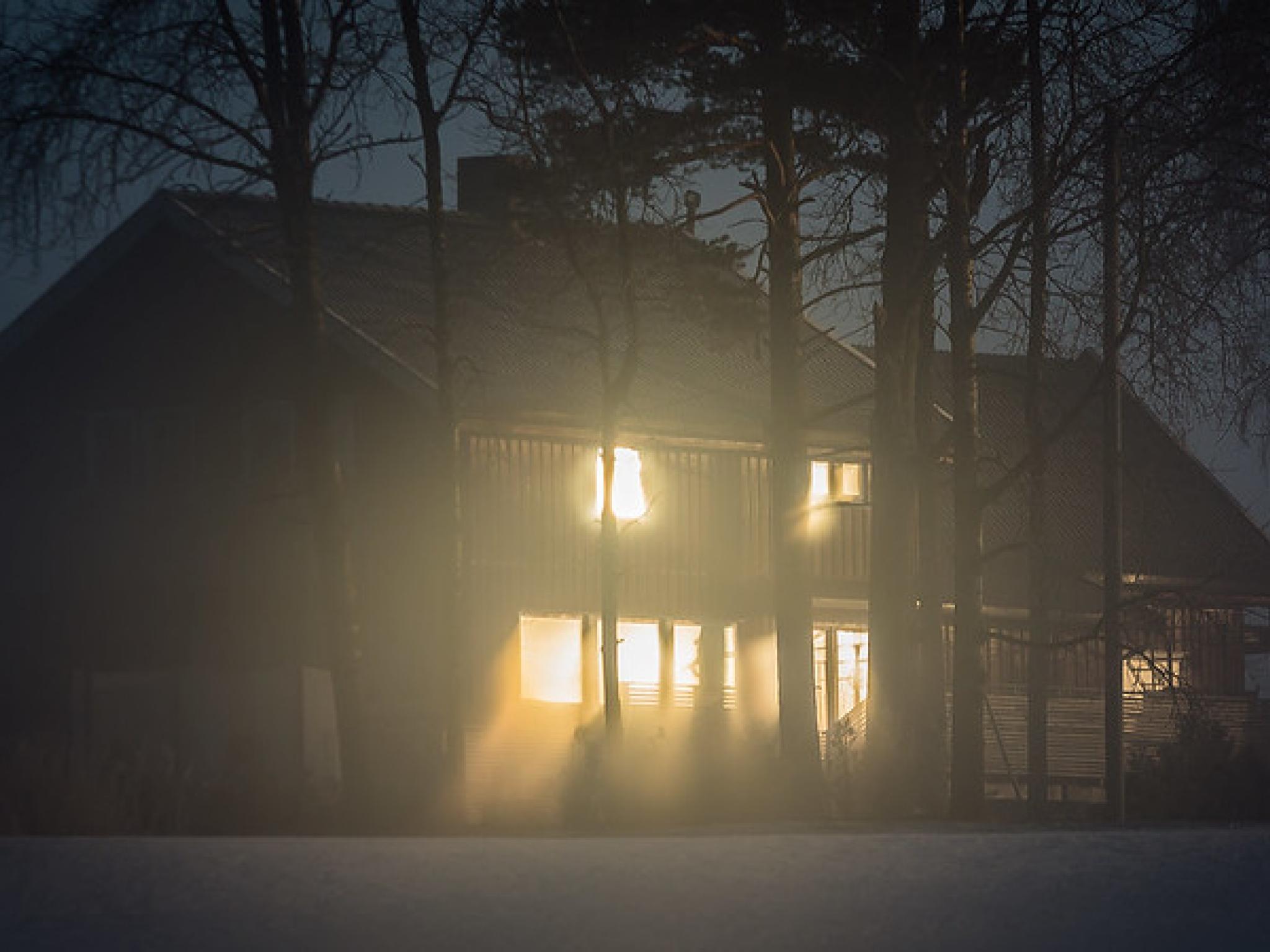
The latest U.S. housing and mortgage data points to rates continuing their dizzying rise, fewer homes being sold and prospective buyers agreeing to purchase smaller properties.
Up, Up And Away: Freddie Mac (OTC:FMCC) reported the 30-year fixed-rate mortgage averaged 5.11% as of April 21, up from last week when it averaged 5%. The 15-year fixed-rate mortgage averaged 4.38%, up from last week when it averaged 4.17%. And the 5-year Treasury-indexed hybrid adjustable-rate mortgage averaged 3.75%, up from last week when it averaged 3.69%.
“Mortgage rates increased for the seventh consecutive week, as Treasury yields continued to rise,” said Sam Khater, Freddie Mac’s Chief Economist. “While springtime is typically the busiest homebuying season, the upswing in rates has caused some volatility in demand. It continues to be a seller’s market, but buyers who remain interested in purchasing a home may find that competition has moderately softened.”
Separately, Zillow Group (NASDAQ:Z) (NASDAQ:ZG) reported the cost of a 30-year mortgage on the typical U.S. home is 19.5% higher today compared to three months ago, while the typical U.S. home is now worth 20.6% more than one year before — the 12th consecutive month in where a new record for annual home value growth was set. As a result, the monthly payment on the typical home is 38% higher than 12 months earlier for a buyer taking on a 30-year mortgage with a 20% down payment.
"Higher mortgage rates were anticipated this year, but the speed of their rise has been breathtaking," said Jeff Tucker, Zillow senior economist. "Record low mortgage rates had been an affordability lifeline during the pandemic, keeping monthly payments in check even while prices climbed quickly. March was the biggest test yet of whether enough buyers can meet the new asking prices to keep home values growing at a record pace, and the answer was 'So far, yes.' There will be a point when the cost of buying a home deters enough buyers to bring price growth back down to Earth, but for now, there is plenty of fuel in the tank as home shopping season kicks into gear."
See Also: Blackstone Unit Buys American Campus Communities, A Student Housing Provider, For $12.8B
Slower Activity: However, fewer people seem to be applying for mortgages. The latest Weekly Mortgage Applications Survey from the Mortgage Bankers Association's (MBA) found the Market Composite Index down 5% week-over-week, with the Purchase Index down by 3% and the Refinance Index sinking by 8% — the latter also dropped 68% year-over-year.
“Ongoing concerns about rapid inflation and tighter U.S. monetary policy continued to push Treasury yields higher, driving mortgage rates to their highest level in over a decade,” observed Joel Kan, MBA’s associate vice president of economic and industry forecasting. “The 30-year rate has increased 70 basis points over the past month and is 2 full percentage points higher than a year ago.
“The recent surge in mortgage rates has shut most borrowers out of rate/term refinances, causing the refinance index to fall for the sixth consecutive week,” Kan added. “In a housing market facing affordability challenges and low inventory, higher rates are causing a pullback or delay in home purchase demand as well. Home purchase activity has been volatile in recent weeks and has yet to see the typical pick up for this time of the year.”
Indeed, the National Association of Realtors (NAR) reported existing home sales in March was down 2.7% from February to a seasonally adjusted annual rate of 5.77 million, while year-over-year sales fell 4.5% from the 6.04 million level in March 2021.
“The housing market is starting to feel the impact of sharply rising mortgage rates and higher inflation taking a hit on purchasing power,” said Lawrence Yun, NAR’s chief economist. “Still, homes are selling rapidly, and home price gains remain in the double-digits.”
NAR also reported the median existing-home price for all housing types in March was $375,300, up 15% from $326,300 one year ago. First-time buyers were responsible for 30% of sales in March, up from 29% in February but down from 32% in March 2021.
“It appears first-time homebuyers are still looking to lock in at current mortgage rates before they inevitably increase,” Yun said.
See Also: Real Estate Investing: Guide, Reviews & More
Not So Large: And it seems many of these buyers are settling for smaller properties. Redfin (NASDAQ:RDFN) reported the typical home that went under contract in March was 1,720 square feet, down 1.8% from 1,751 square feet one year ago.
“Buyers are purchasing smaller homes because usually the bigger the home, the more expensive it is,” said Redfin Chief Economist Daryl Fairweather. “Even though we’re starting to see signs the housing market is cooling down, it’s still difficult for buyers on a budget to find everything they’re looking for in a home. That’s because there’s still a very limited supply of homes for sale, along with sky-high prices for the ones that are on the market and rising mortgage rates. If buyers don’t want to compromise on location, they probably need to settle for a smaller home.”
Photo: Vegar Samestad Hansen / Flickr Creative Commons







